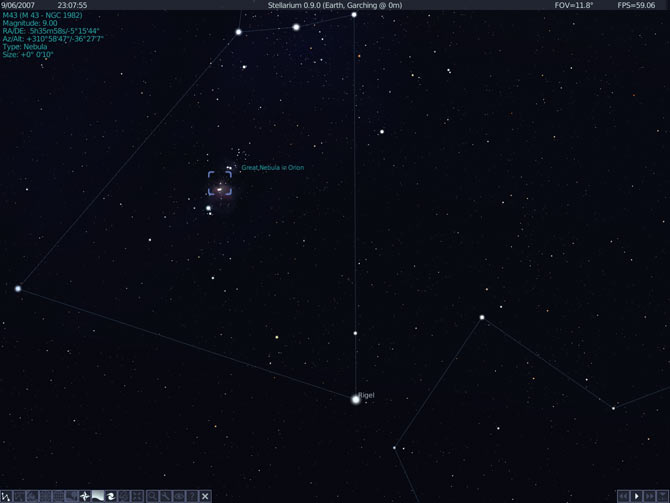 NASA's premier asteroid explorer, DAWN, or has successfuly launched as of 9/27/2007.
NASA's premier asteroid explorer, DAWN, or has successfuly launched as of 9/27/2007.
DAWN's mission is simple: to examine asteroids Vesta and Ceres. DAWN will able to tell us what the element and mineral composition, shape, topography, and tectonic history. It will also measure gravity fields and mass of the objects. It also has methods for the detection of water.
DAWN's mission is very historic. For one thing, it will be the first mission to travel to two different locations. But NASA seems to have a flare for the dramatic... the two locations are nearly three billion miles apart! DAWN's mission is simple: to examine asteroids Vesta and Ceres. DAWN will able to tell us what the element and mineral composition, shape, topography, and tectonic history. It will also measure gravity fields and mass of the objects. It also has methods for the detection of water.
DAWN's mission is simple: to examine asteroids Vesta and Ceres. DAWN will able to tell us what the element and mineral composition, shape, topography, and tectonic history. It will also measure gravity fields and mass of the objects. It also has methods for the detection of water.
You see DAWN is quite different than all other probes. It has the granddaddy of fuel efficient engines: the ion propulsion engine. Imagine a piece of paper on your hand; the gravity of the earth pulls it down, but the weight is nearly non-existent. The full throttle setting on the ion propulsion engine is the same as a piece of paper weighing down your hand. With no gravity and no atmosphere, the probe will slowly accelerate and travel over 20,000 miles per hour by the end of its journey, expected to last five years or more.
DAWN will provide us with information from the asteroids that can potentially rewrite the science books on how the solar system was formed. The asteroids have been silent watchers of the creation of the solar system and the information they will provide has been long awaited by researchers.
IMAGE CREDITS: NASA/JPL
P.S. By the way, I've signed up for a Technorati Profile so click the link if you want to see!









 β Geminorum (more commonly called Pollux) is the head of the twin Pollux in the Gemini constellation. Pollux has a secret he has been hiding for millions of years though.
β Geminorum (more commonly called Pollux) is the head of the twin Pollux in the Gemini constellation. Pollux has a secret he has been hiding for millions of years though. Stellarium
Stellarium 



















